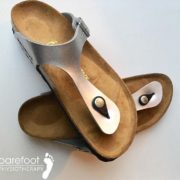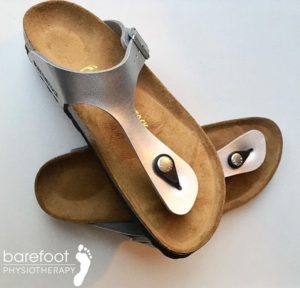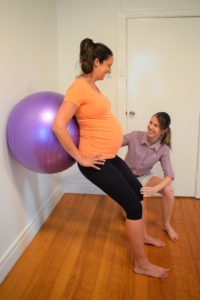Top tips for keeping your body happy at work!
Top tips for those who are sitting at their desk all day.
If you are an office worker chances are you have come across or experienced first hand the pains of sitting for too long. While a typical desk job may seem to expose the body to little physical strain, prolonged sitting can wreak havoc on the body. The reason for this is that we are meant to move. Our anatomy and biology is set up for us to walk, stand, squat, twist, pull, push and a whole lot more. As the saying goes, “if you don’t use it, you lose it”. In this case sitting all day causes us to lose our mobility. Muscles become tight and weak, our posture changes, and we become stiff and sore. To remove the risks of prolonged sitting check out our list of top tips you can do to maintain your mobility and move well regardless of the demands of your job.
- Perform an audit of your workstation setup
Often making a few changes to your workstation can cause you to form good posture without having to even think about it. Here’s some common faults and top tips for your workstation setup.
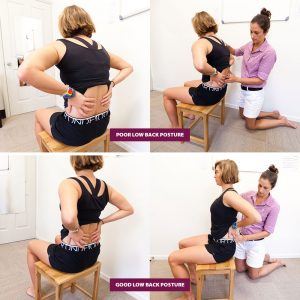
Common faults with workstation setup:
- Chair too low → looking up at monitor
- Monitor too low → looking down at monitor
- Desk too low or seat too high → hunched over keyboard
Fix these with:
- Chair at proper height → eyes are level with top of monitor
- Hands comfortably at keyboard → shoulders are not rounded
- Monitor at correct height → neck in neutral position
Want to learn more about how to setup your workstation? Click here.
Optimise your sitting posture:
often when we think about posture, it can seem overwhelming, often you are left with one question . . . What is the right way to position my body?
To ensure that the curves of the spine are maintained: roll your pelvis forward until you achieve a very slight curve in the lower back, sit up a little straighter through your mid/upper back, and check that the position of your head isn’t too far forward of back. It should feel nice and balanced over the rest of your body.
The next step is to get used to what being in this position feels like so you can adjust your position without thinking about it too much. After this you must form a habit of getting into and maintaining this position. To form a habit it is helpful to have habit triggers. Every time one of the following occurs hold your good posture for 5-6 deep breaths or until you forget about it:
- You get an email
- You answer or hang up the phone
- You take a sip of water
- You set your desktop background to a picture of someone with good posture and do what they do when you see it.
- You set a reminder on your phone to notify you that its time to practice your posture habit.
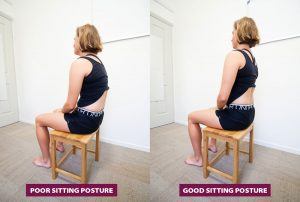
Remember the most important point is that the body is made to MOVE. Even though we have outlined a perfect posture position above, remember that it’s always good to change positions often.
Regularly change your position throughout the day.
Been sitting for an hour? Why not stand for the next half hour? Or even kneel? The point is to do something different and to put your joints in a different position.
Don’t have this option? Get up go for a short walk to refill your water bottle, make a tea, go to the bathroom. You could even try marching on the spot, rolling your shoulders in circles, or doing a couple yoga moves. The takeaway from this is that there a million +1 ways to move your body and you must move it away from the position you have been spending a lot of time in.
Ideally change your position every 20-30 minutes but another useful technique is to listen to your body, i.e. is it starting to feel stiff? Are you starting to twist and move around in your seat to find a better position? If so, it’s time for a break. Get up and move or change your work position.
- Move often
This can take the form of formal exercise, gardening, going for walks, anything really. If your body can handle regular movement/exercise it will develop better resilience to the strain that lengthy desk work can have on the body. Plus you’ll reap the numerous other health benefits of exercise.
- Get a thorough assessment from your physiotherapist
At Barefoot Physiotherapy, we assess your nerves, joints, muscles and movements to measure the amount of strain you have built up in your body. You do not need to have any symptoms or conditions to have this assessment; think about it like going to the dentist for a check-up to prevent something happening! If there is any strain building up in your body, we can help teach you how to reduce the strain and prevent it coming back again. Want to learn more or book an appointment? Click here. We hope you find these top tips useful.

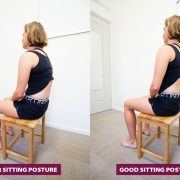
 So how will this help your muscles & body?
So how will this help your muscles & body?


